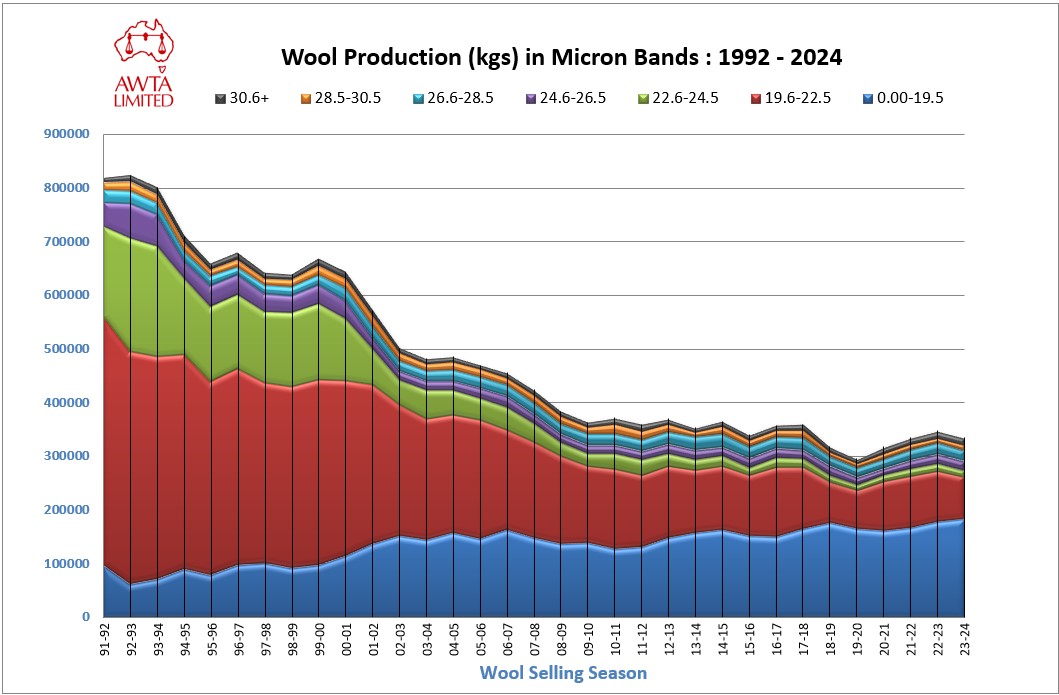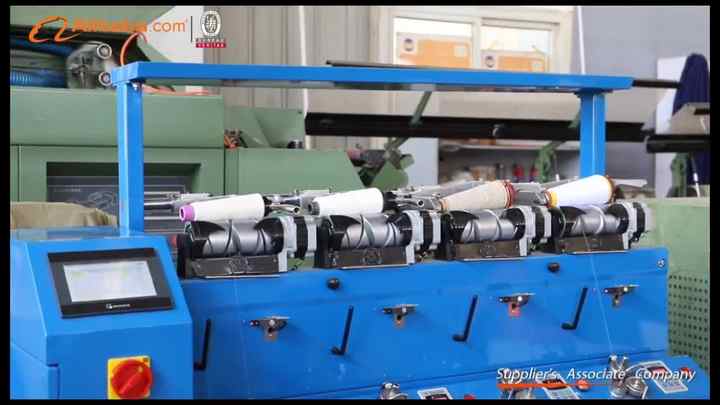Optimize Your Fiber Optic Performance: Understanding Optical Fibre Diameter Analyser Technology
The performance of fiber optic systems is seriously affected by the accuracy of their diameter, a factor often forgot in the search of ideal signal integrity. Recognizing the modern technology behind optical fiber diameter analysers reveals the elaborate balance in between dimension accuracy and production top quality.
Significance of Optical Fiber Diameter
The size of optical fiber plays a critical duty in identifying the efficiency and effectiveness of communication systems. It affects several crucial criteria, including the setting of light propagation, depletion, and data transfer ability. Bigger diameters commonly permit several light modes, assisting in greater data transmission prices. Conversely, smaller diameters often tend to support less modes, which can improve signal clearness and minimize crosstalk.

Furthermore, understanding the size's effects can result in set you back financial savings by lowering the requirement for signal amplification and repeaters in substantial networks (optical fibre diameter analyser). In verdict, the value of optical fiber size can not be overemphasized, as it straight impacts the total effectiveness and reliability of contemporary communication systems

Just How Diameter Impacts Signal Quality
Signal high quality in optical fibre systems hinges substantially on the size of the fibre. A smaller sized size can lead to higher attenuation rates, resulting in signal loss as light trips via the fibre.
Conversely, larger sizes normally allow for boosted light capture and lowered modal dispersion, boosting signal clarity. In multimode fibers, a bigger core size can support multiple light settings, however it might also introduce intermodal diffusion, which can deteriorate signal high quality. Therefore, choosing the optimal fibre size is critical for achieving the desired performance in certain applications.
Furthermore, the interaction between the fibre diameter and the wavelength of the light made use of plays a vital role in establishing the efficient transmission range and total signal stability. Therefore, comprehending just how fibre size influences signal high quality is important for network designers and designers aiming to enhance optical fiber systems for reputable, high-speed data transmission.
Introduction of Size Analyser Innovation
In several optical fibre manufacturing processes, accurate measurement of fibre diameter is vital for making sure constant performance and top quality (optical fibre diameter analyser). Size analysers are sophisticated instruments created to examine the physical measurements of optical fibres with high precision. They employ advanced optical and laser modern technologies to measure the diameter, ovality, and concentricity of the fiber, hence supplying critical information for top quality control
These analysers can operate in-line during the manufacturing process or as part of off-line testing procedures. In-line systems make it possible for real-time tracking, permitting makers to adjust specifications instantly, thereby maintaining optimal production problems. Off-line analysers, on the other hand, give detailed analyses of sets, making certain that any kind of discrepancies from specified resistances are determined and dealt with.
Size analysers considerably add to the reduction of problems in optical fibers, enhancing general item reliability. By constantly gauging crucial specifications, these technologies help with compliance with sector standards and requirements. As the need for high-performance optical fibers remains to rise, the function of size analysers comes to be increasingly essential in accomplishing the preferred high quality and efficiency criteria in fibre optic systems.
Key Functions of Fibre Size Analysers
Although numerous versions of fibre size analysers exist, they frequently share several crucial attributes that improve their performance and dependability. Among one of the most substantial features is high-resolution measurement capabilities, which make sure precise diameter analyses, vital for preserving quality assurance in fibre production. Furthermore, several analysers incorporate innovative optical sensors designed to detect minute variants in fiber diameter, therefore giving important data for procedure optimization.
One more important function is real-time monitoring, enabling drivers to receive immediate comments on fiber size throughout the manufacturing process (optical fibre diameter analyser). This capability promotes quick modifications and reduces the probability of problems. Lots of analysers also come furnished with easy to use user interfaces, allowing operators to quickly navigate via information and settings outputs
Furthermore, robust data storage and analysis performances are crucial for tracking historical efficiency patterns and making certain compliance with industry requirements. These functions collectively contribute to the efficiency of fiber diameter Website analysers in enhancing fiber optic efficiency.
Finest Practices for Fibre Optimization

First, regular calibration of optical fiber size analysers is important. This ensures exact dimensions and reduces possible discrepancies that can impact efficiency. Next, preserving a tidy workplace is vital; dirt and impurities can result in indicate destruction.
Additionally, it is essential to pick fibers that satisfy specific application requirements. This includes examining variables such as depletion, data transfer, and ecological conditions. Appropriate installment strategies need to additionally be followed, consisting of staying clear of sharp bends and excessive tension, which can compromise fibre integrity.
In addition, employing advanced tracking systems can facilitate real-time efficiency go assessments, making it possible for punctual recognition of issues. Routine testing and maintenance ought to be conducted to ensure that fibres stay within optimal operational criteria.
Lastly, training employees on the current fiber optimization innovations and approaches will boost their ability to apply efficient strategies. By following these ideal methods, organizations can considerably enhance the efficiency and life expectancy of their optical fiber systems, making sure efficient interaction and data transfer.
Conclusion
To conclude, the combination of optical fibre size analyser technology is vital for maximizing fibre optic performance. By guaranteeing specific dimensions of fibre measurements, these analysers dramatically boost signal top quality and decrease losses throughout data transmission. Regular calibration and upkeep of the analysers are imperative to promote ideal performance and conformity with industry standards. Eventually, the application of this innovation facilitates enhanced data transmission prices and enhances signal honesty, adding to the overall efficiency of fiber optic systems.
Signal high quality in optical fibre systems pivots dramatically on the diameter of the fibre.In many optical fibre production procedures, accurate dimension of fiber size is important for ensuring constant efficiency and top quality. As the demand for high-performance optical fibers proceeds to rise, the duty of size analysers becomes progressively essential in accomplishing the wanted top quality and efficiency criteria in fibre optic systems.
These attributes collectively add to the effectiveness of fiber size analysers in enhancing fiber optic efficiency.
In final thought, the combination of optical fibre size analyser modern technology is vital for maximizing fibre additional resources optic performance.